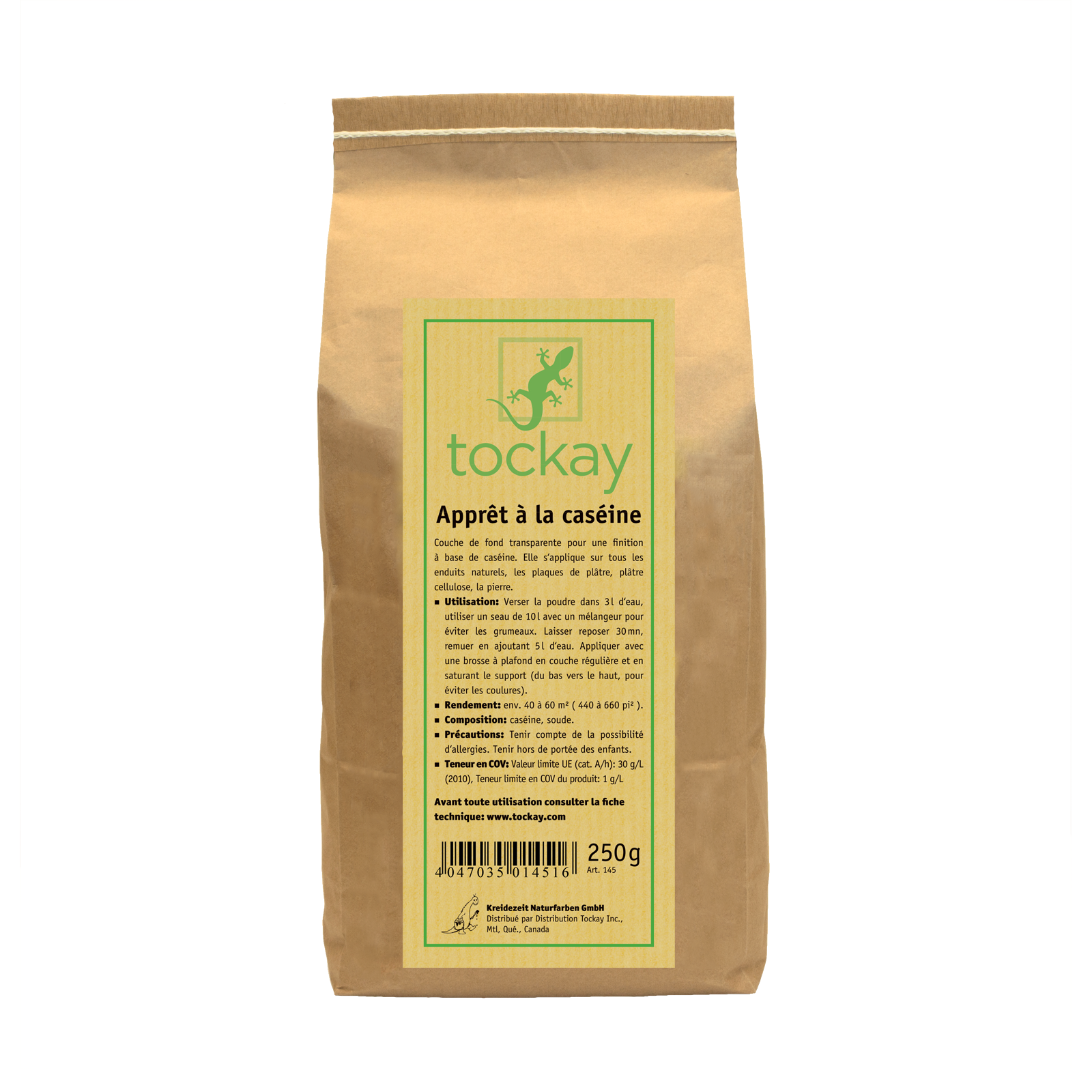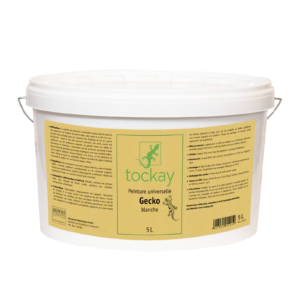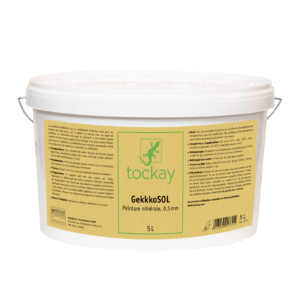Description
Casein primer is composed of milk protein.
The primer is applied prior to the application of a paint or a plaster. A transparent primer, it is used to stabilize backgrounds and their absorption to ensure the proper rendering and durability of the chosen finish. It is applied on untreated substrates such as plaster (lime, plaster, cement, or clay plaster), plasterboard, blank gypsum, limestone, and concrete. It is not suitable for smooth, non-absorbent, or permanently damp substrates. It can, in certain cases, be used to consolidate interior plasters (clay coating for example).
Packaged in powder form, it can be diluted with water and applied easily with a brush in transparent base coats.




